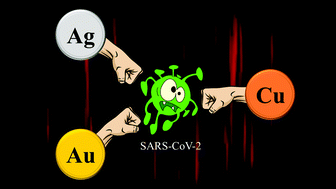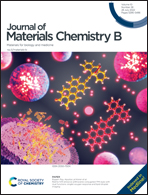Antiviral effects of coinage metal-based nanomaterials to combat COVID-19 and its variants
Abstract
The world has been suffering from the severe acute respiratory syndrome coronavirus 2 (SARS-CoV-2) pandemic, and millions of people have been infected through human-to-human transmission and lost their lives within months. Although multidisciplinary scientific approaches have been employed to fight against this deadly pandemic, various mutations and diverse environments keep producing constraints in treating SARS-CoV-2. Indeed, the efficacy of the developed vaccines has been limited, and inoculation with the vaccines does not guarantee complete protection even though multiple doses are required, which is a frustrating process. Historically, coinage metals (Cu, Ag, and Au) have been well-known for their effectiveness in antiviral action as well as good biocompatibility, binding receptor inhibition, reactive oxygen species, and phototherapy properties. Thus, this review highlights the diagnostic and therapeutic mechanisms of SARS-CoV-2 using the antivirus ability and mode of action of coinage metals such as viral entry mechanisms into host cells and the NP-inhibition process, which are explained in detail. This article also draws attention to coinage metal nanomaterial-based approaches to treat other contagious viruses. In addition, coinage metal-based biosensors and an overview of some other biocompatible metal-based nanomaterials to fight against SARS-CoV-2 variants are discussed. Finally, the advantages, perspectives and challenges of coinage metal nanoparticles are given to fight against viral infections in the future.



 Please wait while we load your content...
Please wait while we load your content...